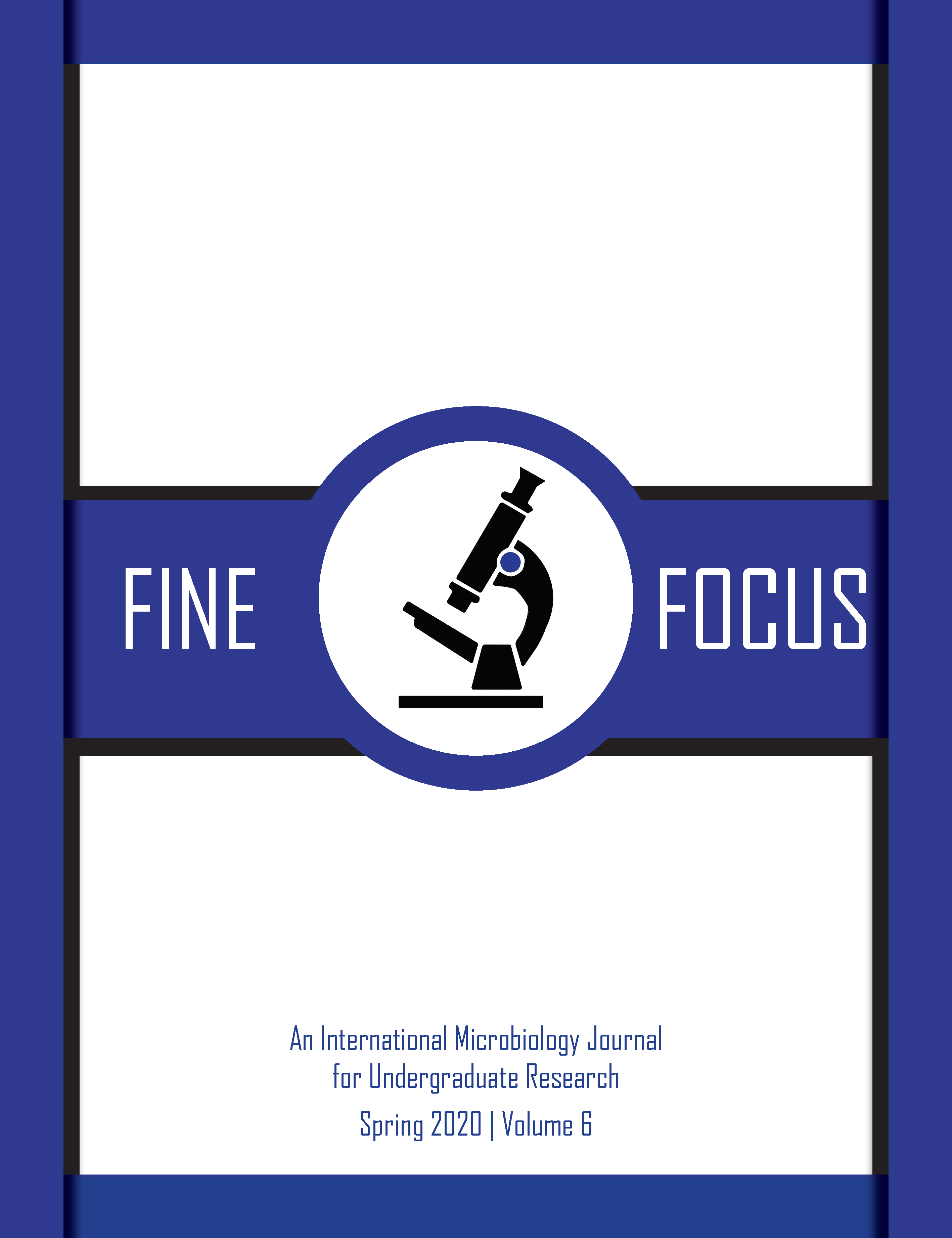Genetic classification of two Vibrio species isolated from Florida Gulf Coast using multi-locus sequence analysis
DOI:
https://doi.org/10.33043/FF.6.1.34-53Abstract
Prokaryotic species classification has lagged dramatically behind eukaryotic species due to the dependence on the difficult DNA-DNA hybridization technique required for species designation. This is disadvantageous for the general understanding of the diversity of microbial life and unique microorganisms, along with their metabolic abilities, like bioremediation of hazardous waste. This applies to the secondary metabolites microorganisms produce that can be beneficial for humans and other living organisms, such as antibiotics or other industrially important compounds. In an effort to isolate and identify new microbial species, environmental samples were collected from marine sediment environments as marine habitats are under-sampled compared to non-marine habitats. Two marine isolates designated MI-1 and MI-2 were isolated from marine sediment environments off the Gulf Coast of Florida and chosen for further study because of their antibacterial production and unique colony pigmentation. They were genetically analyzed through sequencing of the 16s rRNA gene, shotgun cloning, and an eight-gene multi-locus sequence analysis comparison to 66 other species of the same genus. From these, MI-1 and MI-2 can be classified as members of the Vibrio genus most closely related to Vibrio ruber and a distinct strain from V. ruber type strain VR-1.
Downloads
Downloads
Published
How to Cite
Issue
Section
License
Copyright (c) 2020 Eric C. Warrick, Matthew J. Thomas, Travis Barlow, Alexis Dean, Ambar Ramos, Brian Slivonik, & Brittany J. Gasper

This work is licensed under a Creative Commons Attribution-NonCommercial-NoDerivatives 4.0 International License.
By submitting to Fine Focus, the author(s) agree to the terms of the Author Agreement. Beginning in Fall 2018, all authors retain copyrights associated with their article contributions and agree to make such contributions available under a Creative Commons Attribution-NonCommercial 4.0 International license upon publication in Fine Focus. Copyrights to articles published prior to Fall 2018 have been transferred from the authors to Fine Focus.



